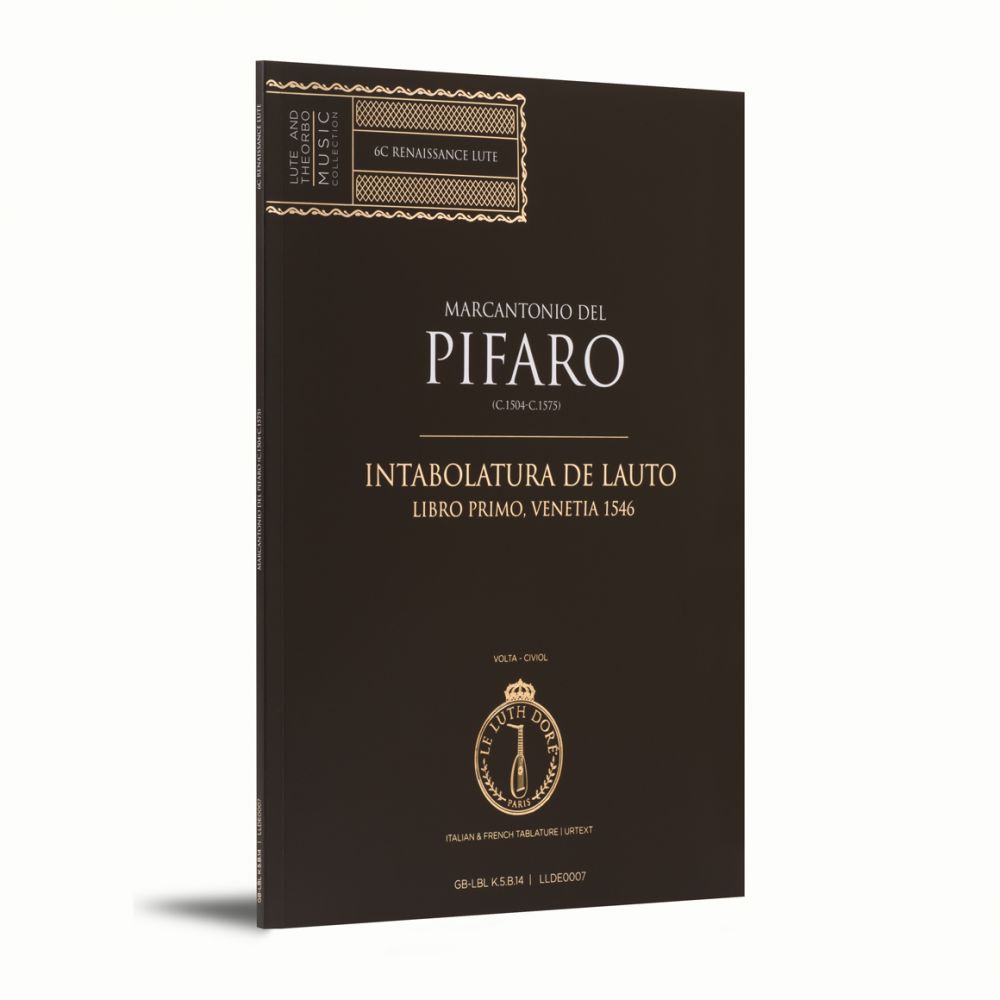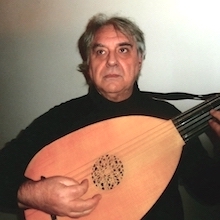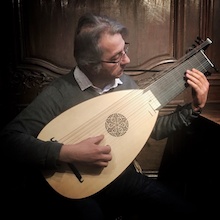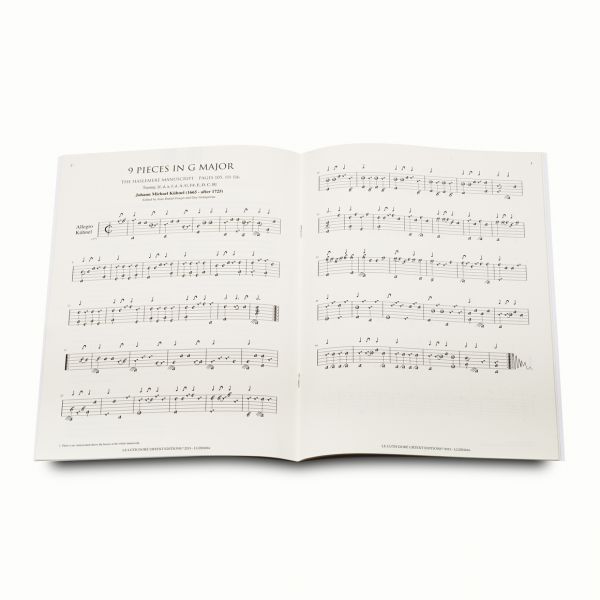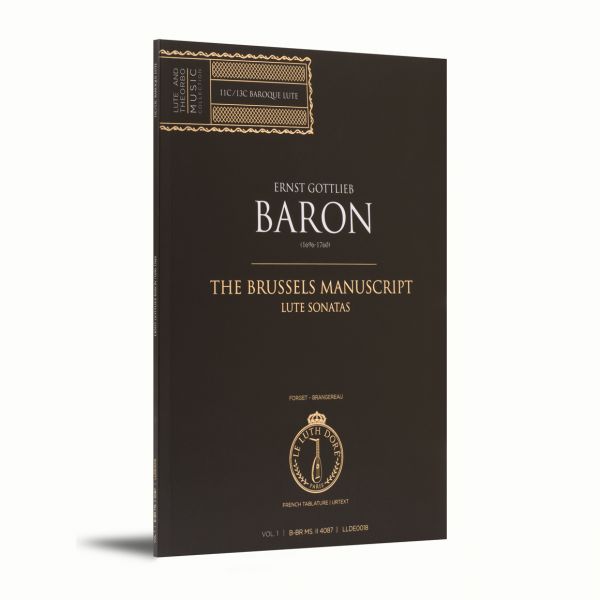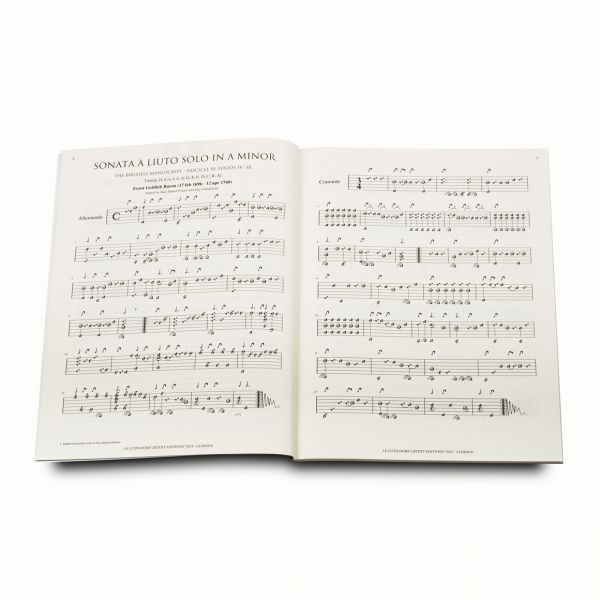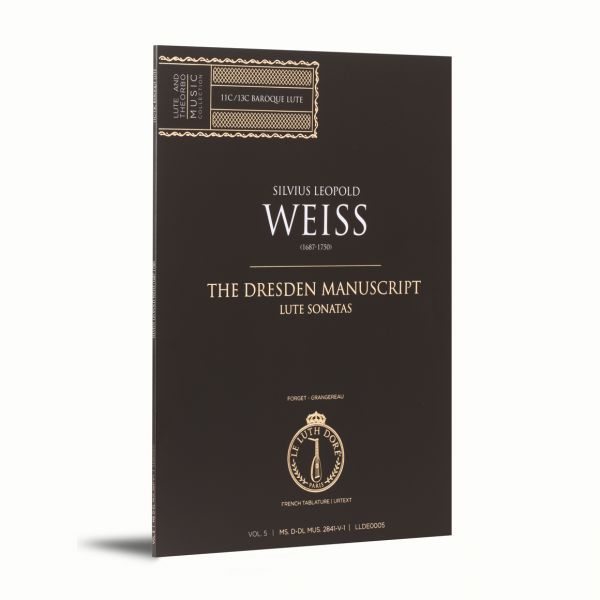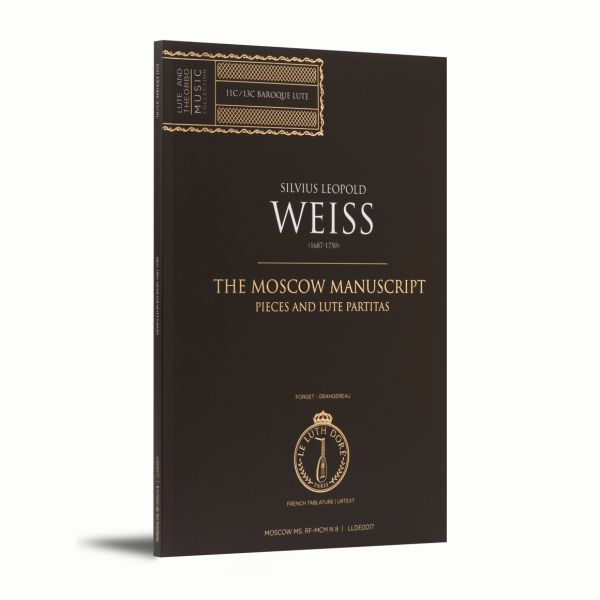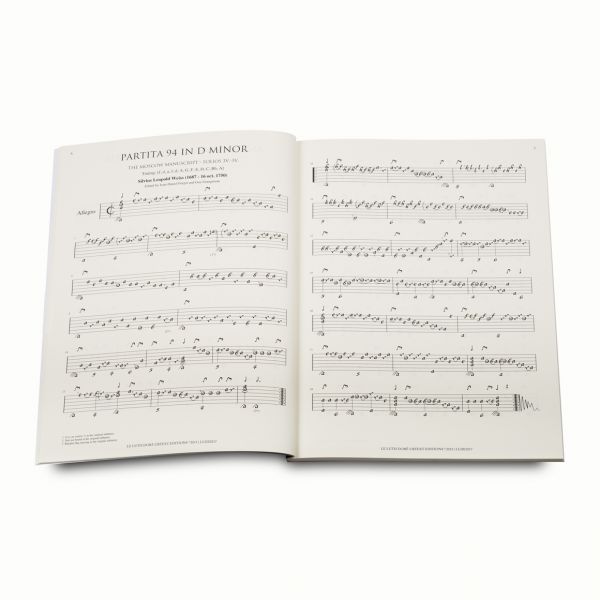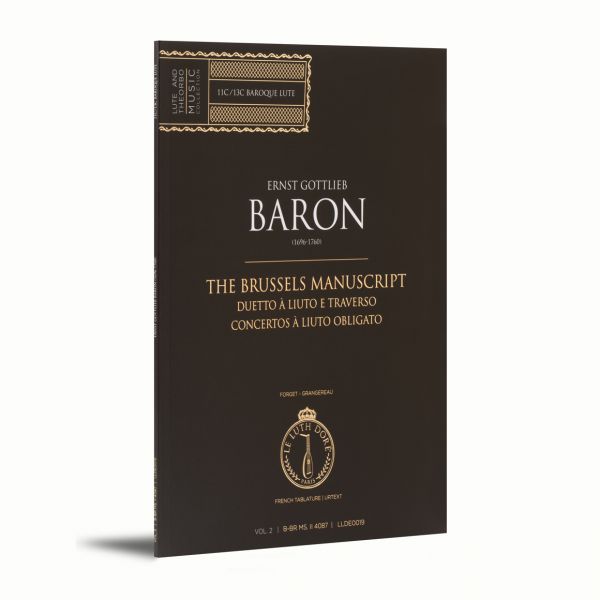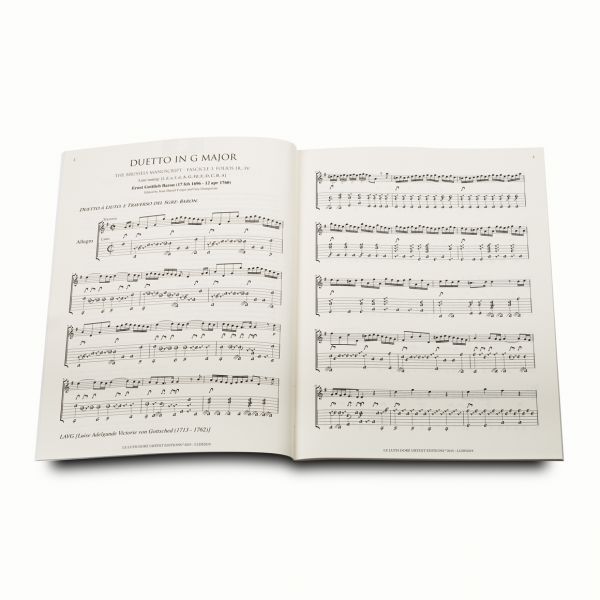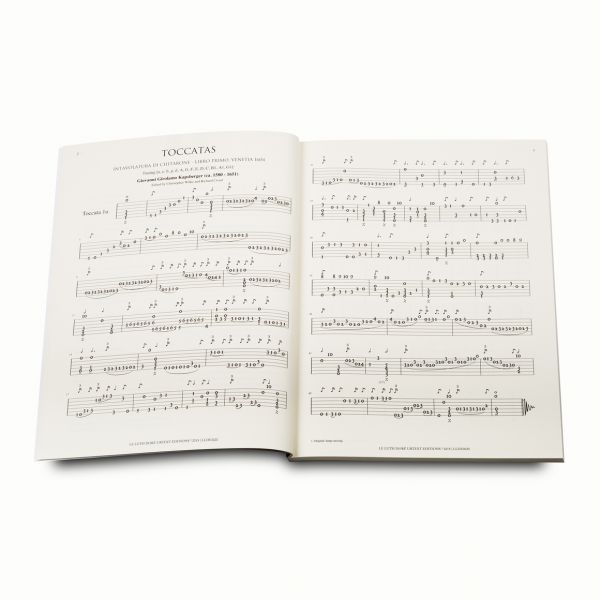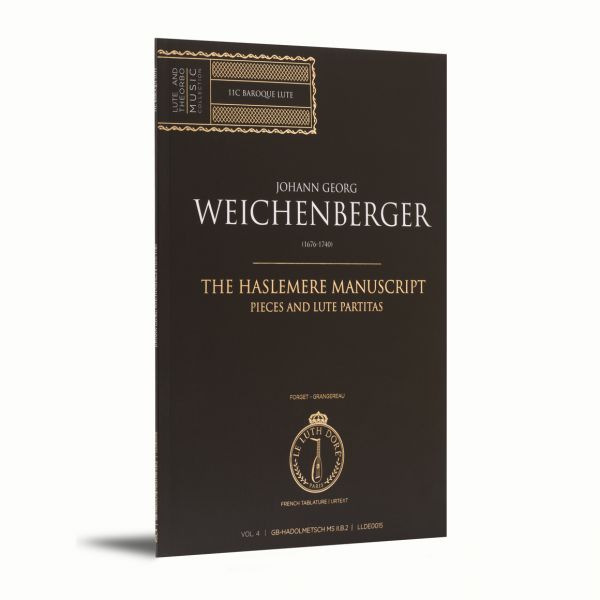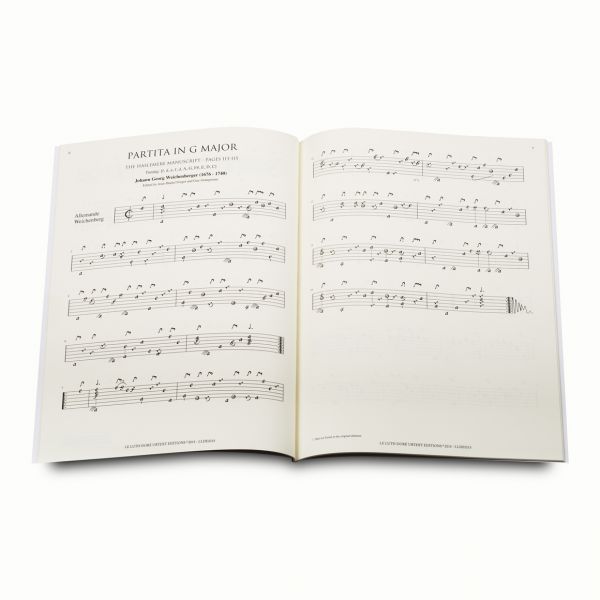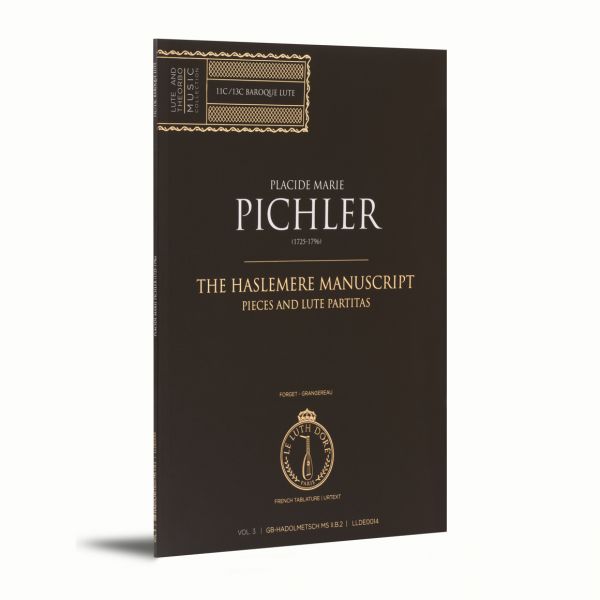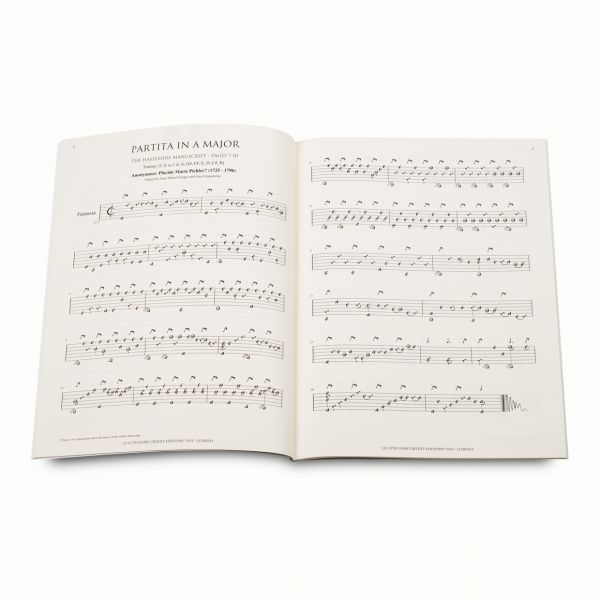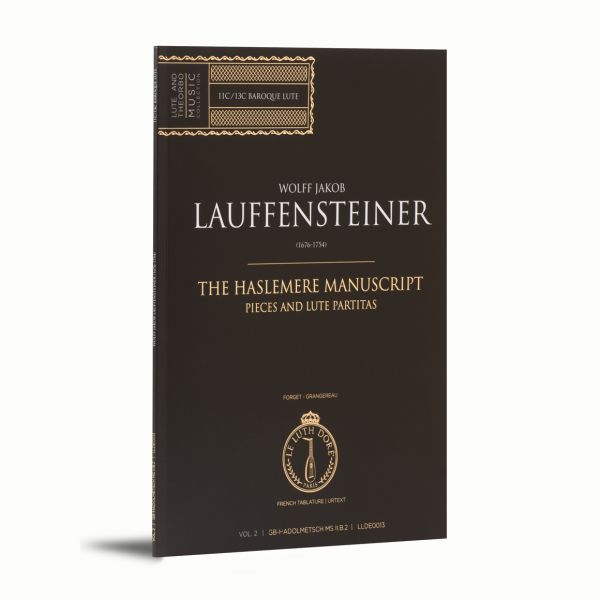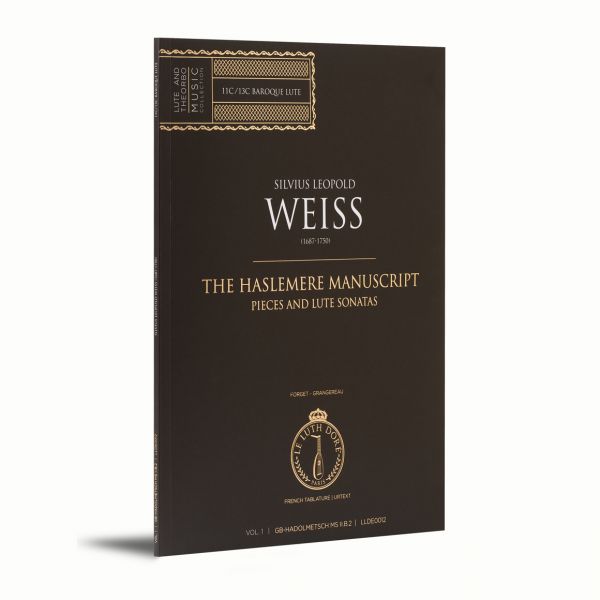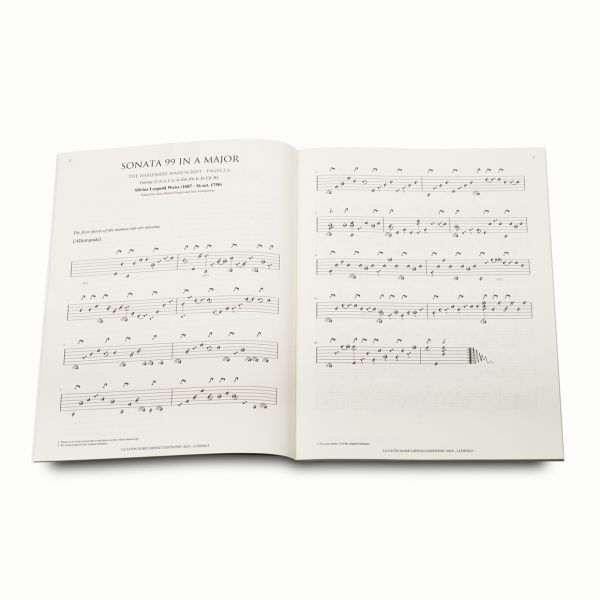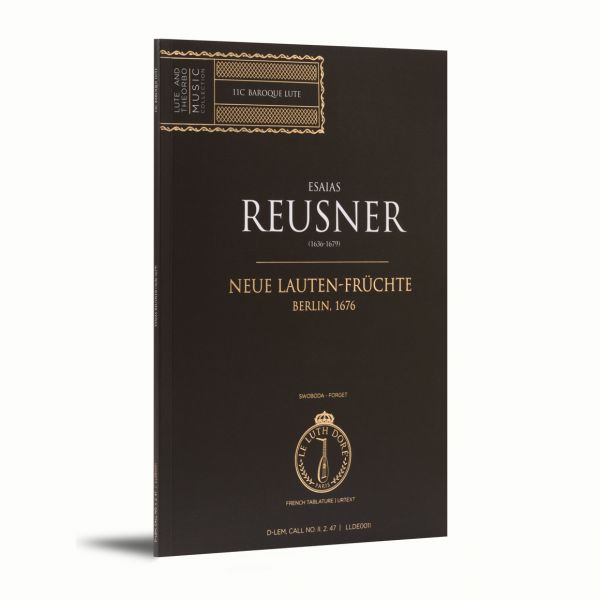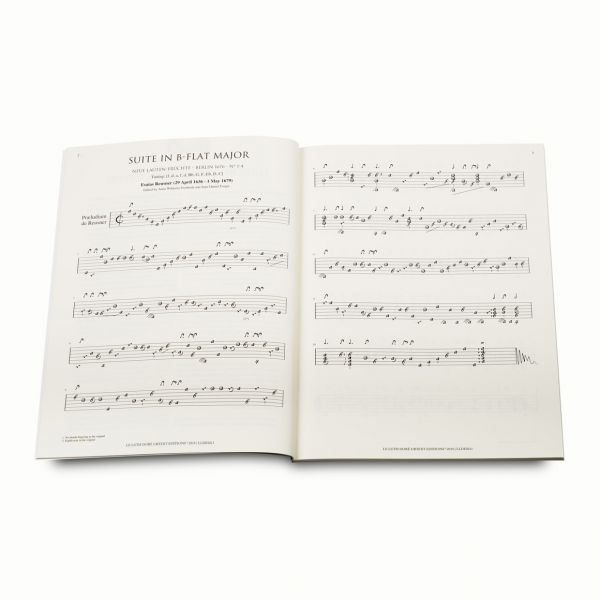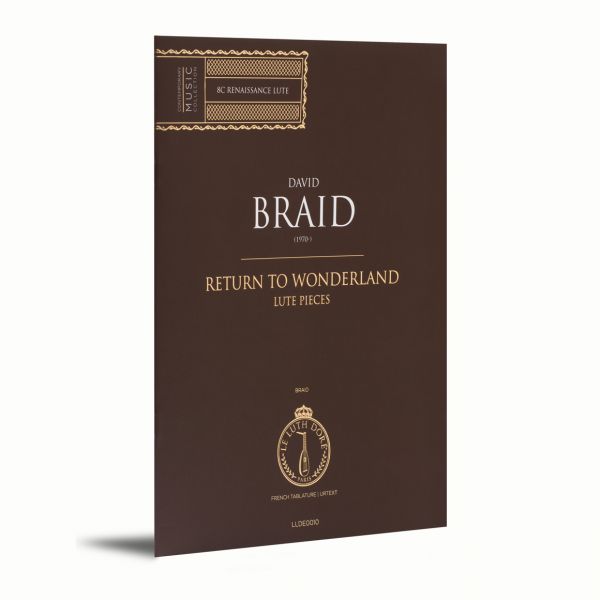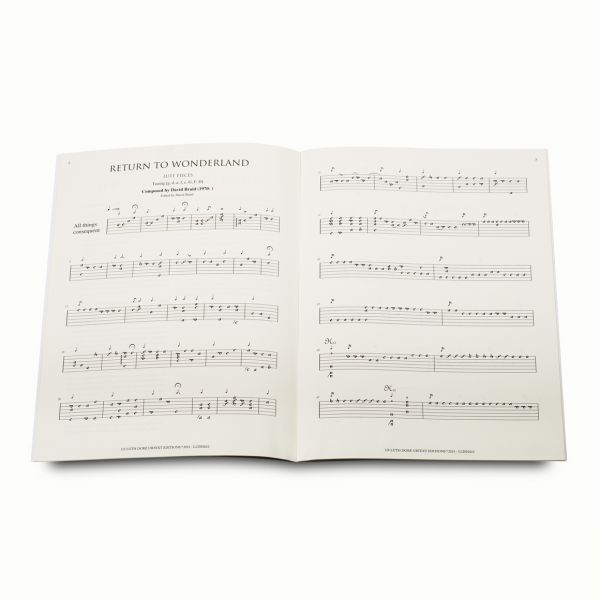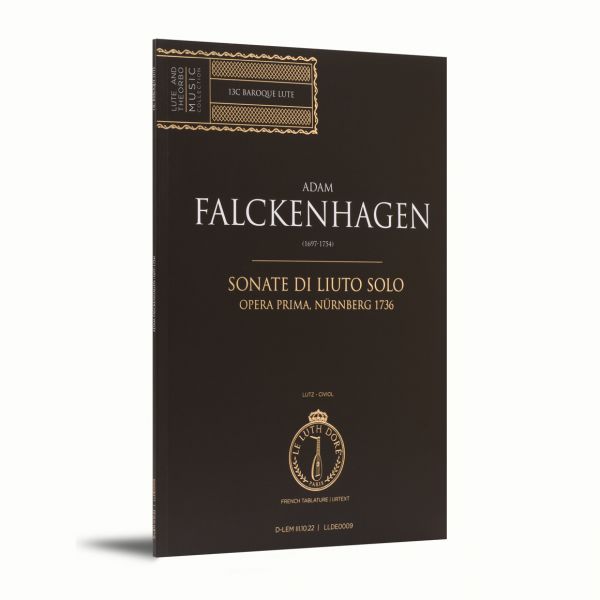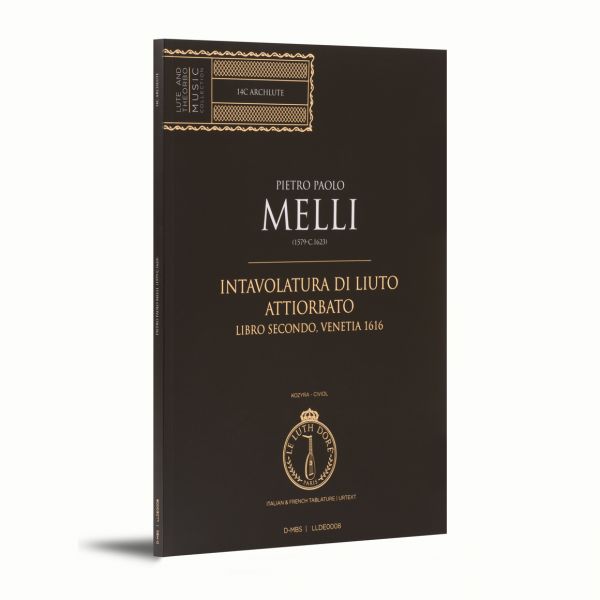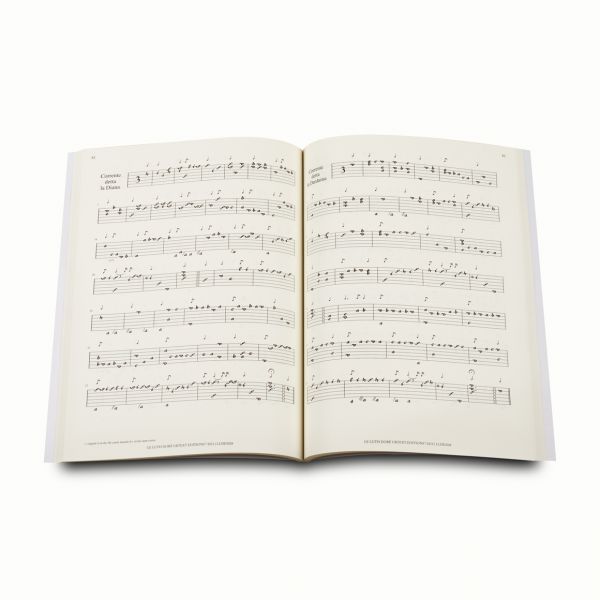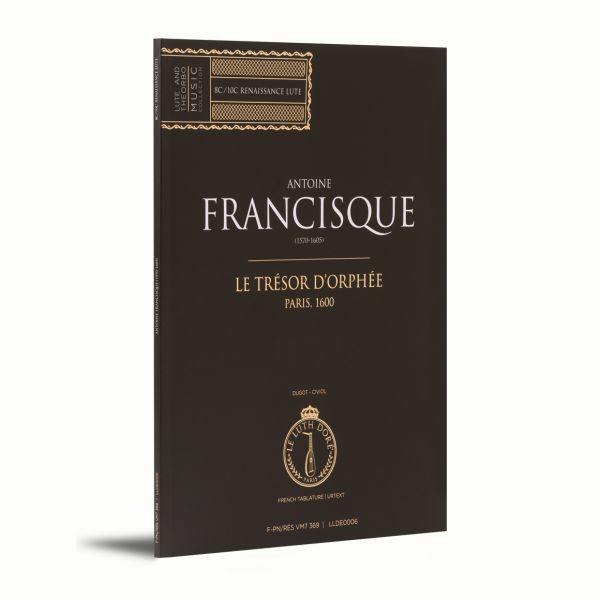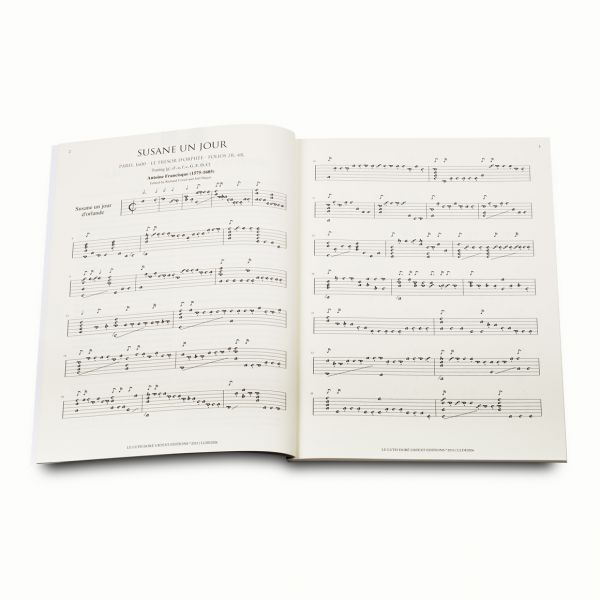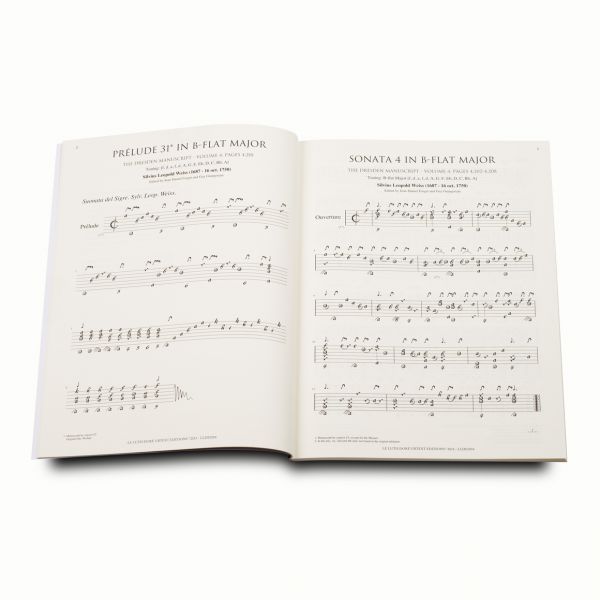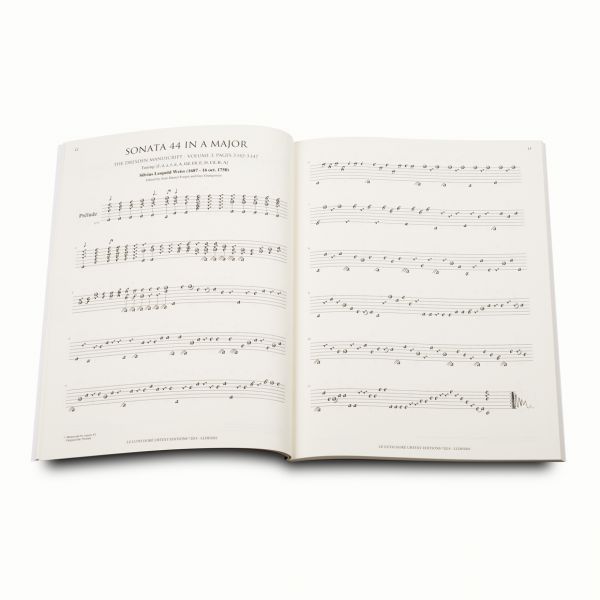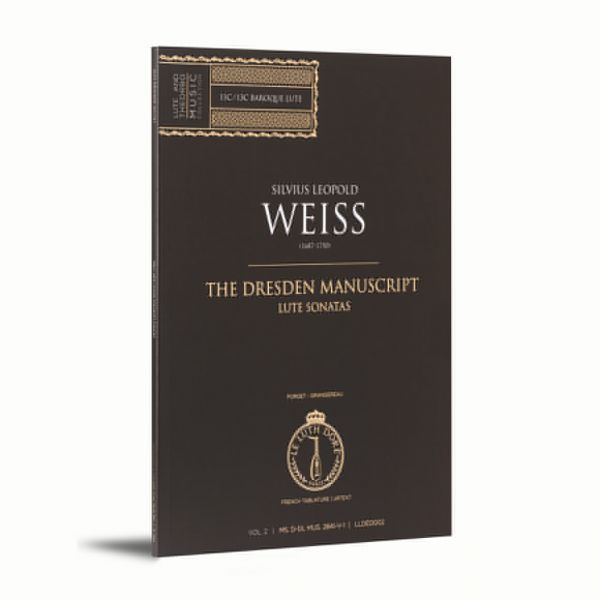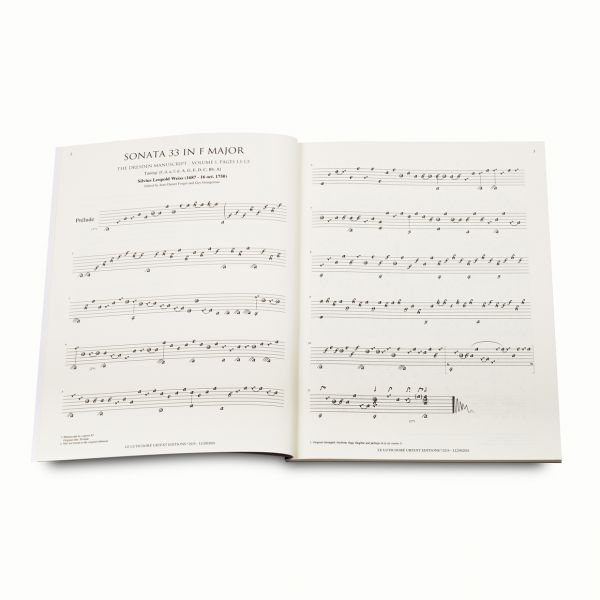The Italian lutenist, conductor and musicologist Sandro Volta began his international concert career in the early 1980s. His performances mainly centre around the Italian Renaissance Baroque repertoire, and his discography comprises works by composers such as Simone Molinaro, Giovanni Battista Dalla Gostena, Giulio Caccini, Sigismondo d’India, Ludovico Roncalli, Claudio Monteverdi, Giovanni Girolamo Kapsberger, Marco Antonio Cesti, Antonio Vivaldi, Antonio Maria Bononcini, Robert de Visée, Nicolò Paganini, Mauro Giuliani , Girolamo Crescentini.
He has recorded for the labels Arion France, Tactus, Dynamic and Brilliant Classics.
A winner of various prizes, including the Grand Prix Du Disque in Paris (1994), Volta has been lauded by numerous magazines for the originality of his interpretations (Le Monde de la Musique, Diapason Hors-Série, The New York Times, Early Music). His publications include L’Opera in CD e video (ed. Saggiatore) and articles on Baroque music, including ones for Grove, “I Musicisti e la Lyrica di Gabriello Chiabrera”.
His performances are regularly aired by major broadcasters (ABC, BBC and Radio France). Volta has been artistic and musical director of various Italian theatres such as Teatro Ruggeri of Guastalla, Teatro Moruzzi of Noceto (Parma), Teatro Chiabrera of Savona (Youth Symphony Orchestra) and the Teatro Dovizi of Bibbiena. Current projects include recording the complete works of Marco Dall’Aquila, undertaking a thorough research of lute ms. tablatures, and the Petrucci lute tablatures.
Sandro Volta writing a monograph about John Dowland ”Passionate and Dolens” for Guitart magazine, with a “live performance” on cd enclosed, a study and transcription of Intermezzo “Zamberlucco e Palandrana” (Bologna ms.) by Alessandro Scarlatti (Viator Edition,Milano), ”Astetik un Klang”, for the Geigenbaumuseum Mittenwald (LF Editions, Modena).









